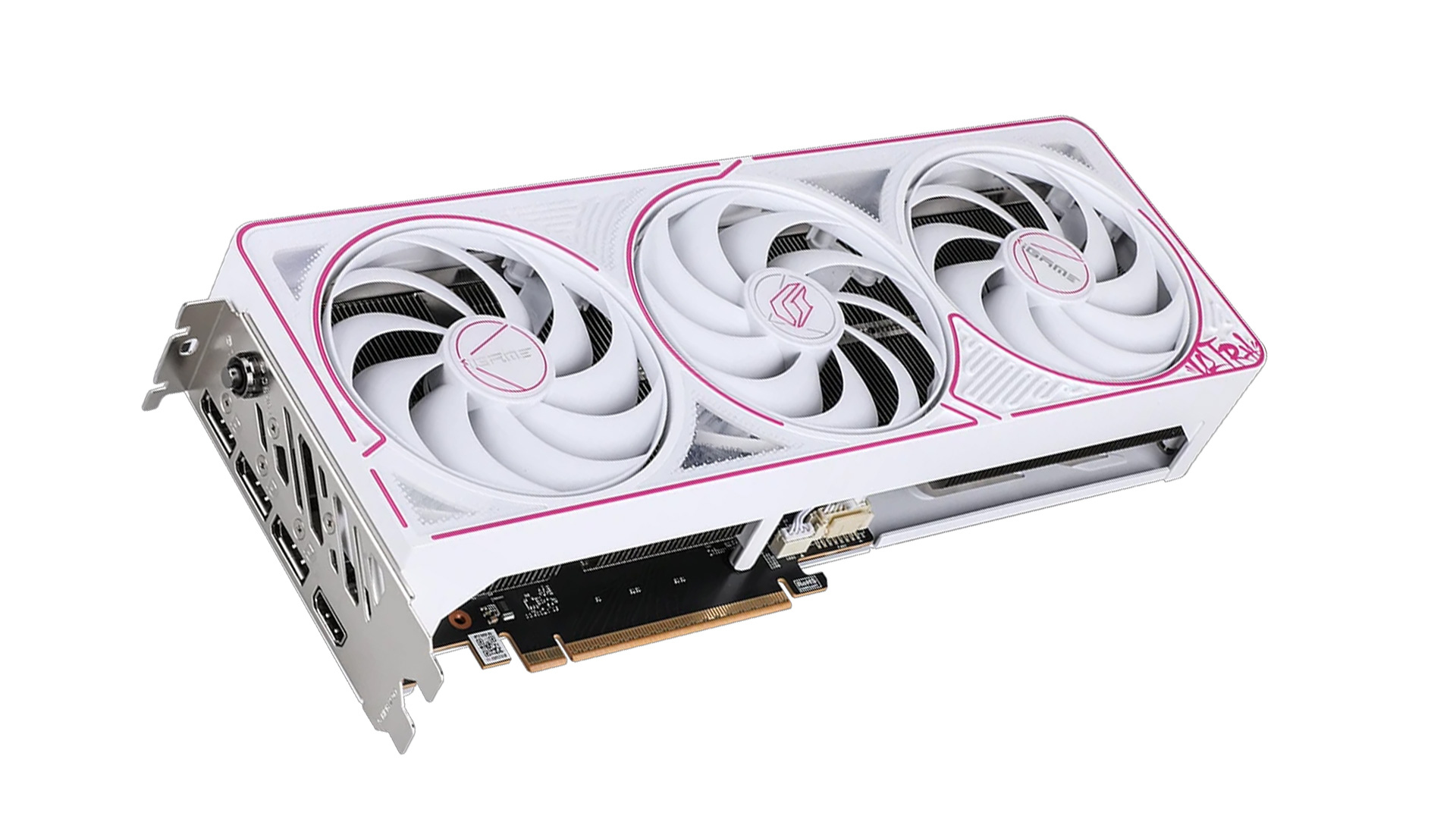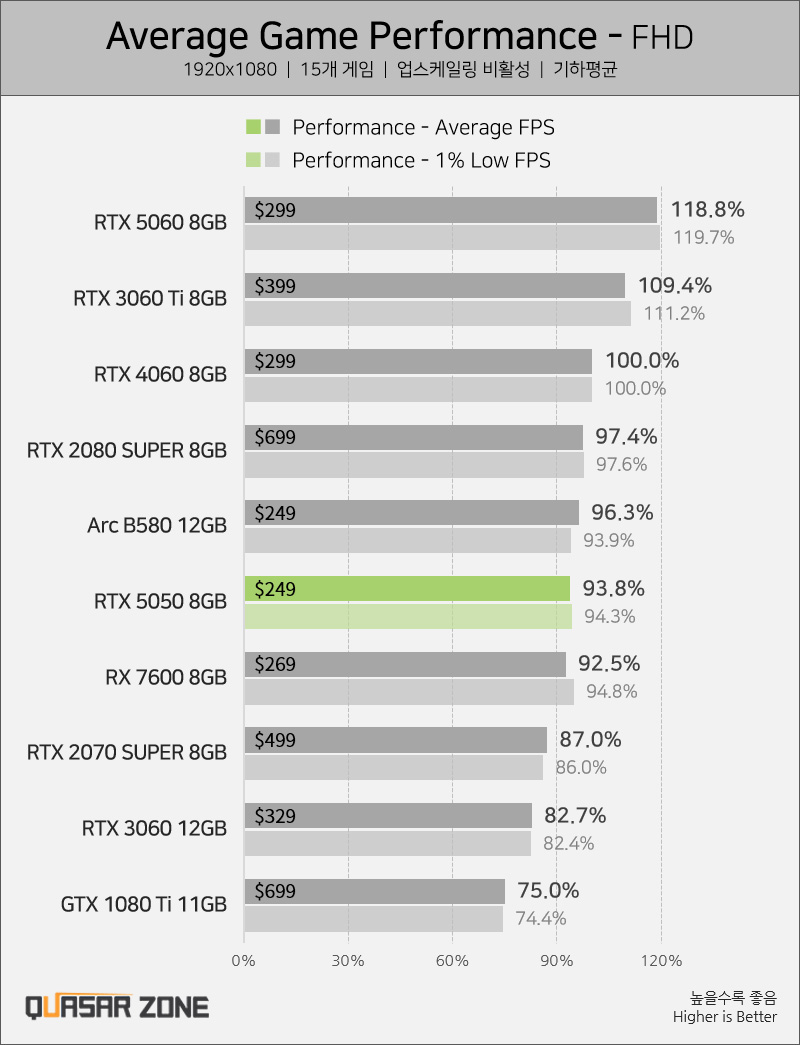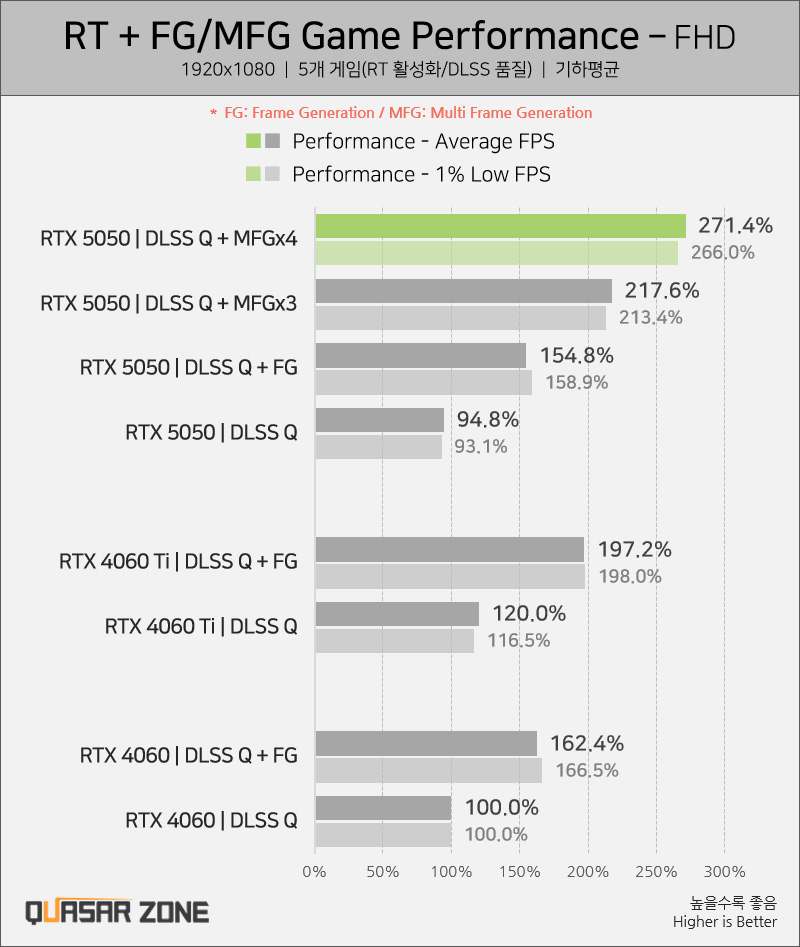After another review-less launch, the first RTX 5050 benchmarks are here — Nvidia's budget card loses to B580 and RTX 4060, with only multi frame generation to give it a boost
Despite the low price, sales could be limited of yet-another 8GB GPU.

The first third-party review for Nvidia's new RTX 5050 graphics card has been published at Quasarzone, and throughout the extensive benchmarks, it falls behind the Intel Arc B580 by 2.5% on average, and the RTX 4060 by around seven percent. It proves notably faster than the RTX 3060, though, topping it by just over 13% across the 15-game average.
As with all of Nvidia's recent 8GB graphics card releases, no review samples were sent out for the new RTX 5050, but we had our first taste of what it could do from board partner Inno3D a few days ago. It also hasn't stopped reviewers from buying up the card themselves to see how it performs. While other reviews from native English publications will no doubt follow in the coming days, this first one gives us a clear picture of what the RTX 5050 is capable of, including impressive gains when using multi frame generation.

Testing the card against a range of its peers from current and previous generations, QuasarZone ran the card at 1080p in 15 popular games and some 3DMark synthetic benchmarks. Although there were a few points of variation from game to game, the RTX 5050 largely performed weaker than the RTX 4060 and B580, but better than the RTX 3060 and RTX 2070 Super. It also beat out the RX 7600, but only by less than a percentage point.
One area where the RTX 5050 did show a significant advantage, though, was in games that support multi frame generation. There, despite being far slower than last-generation cards at native or when just using DLSS upscaling, the RTX 5050 could leverage multi frame generation to beat not just the RTX 4060 significantly, but also the RTX 4060 Ti. Where those cards can only generate a single AI frame in between the native ones, the RTX 5050 can use multi frame gen at up to 4x mode to generate an additional three AI frames.
Although not everyone is a fan of the input lag increase and visual artifacts that can be present when using multi frame generation, it is a unique advantage of the RTX 50-series and gives the RTX 5050 a feature that its otherwise-faster counterparts can't match.

The review doesn't highlight any particular issues with the 8GB of VRAM on the card, though it was only tested at 1080p. As with other graphics cards of its generation, like the 8GB RTX 5060 and 5060 Ti, it's possible that this could be a limiting factor when raising resolution or detail levels.
The RTX 5050 does have some overclocking headroom, though. QusarZone was able to push its core clock up by an impressive 420MHz, and the memory by an additional 1,000MHz. Combined, those gave the card a near-10% increase in TimeSpy score and an extra 7% in Cyberpunk 2077 frame rates. Further overclocking was limited by the hard-locked 130W TDP.
Get Tom's Hardware's best news and in-depth reviews, straight to your inbox.
The question now becomes whether these performance advantages, such as they are, are enough to encourage gamers to spend $250-$300. Sales of new 8GB GPUs this year are down significantly, according to recent data from German retailer Mindfactory. The lower price of this entry-level card will surely help, but there's plenty of competition at this price point. And as this review shows, a number of those cards beat or compete favorably with Nvidia's new budget card.
Follow Tom's Hardware on Google News to get our up-to-date news, analysis, and reviews in your feeds. Make sure to click the Follow button.

Jon Martindale is a contributing writer for Tom's Hardware. For the past 20 years, he's been writing about PC components, emerging technologies, and the latest software advances. His deep and broad journalistic experience gives him unique insights into the most exciting technology trends of today and tomorrow.
-
Notton I like how the full configuration GB207 is worse than an AD107. It's essentially the cut down AD107 meant for laptops.Reply
They don't even make up for it with 12GB or 16GB VRAM.
It doesn't do PhysX, which I assume you'd want since the card is plenty for older games that have it.
As suspected, it's slower than a B580. -
LolaGT There is nothing impressive about faked frames at any time. There is nothing impressive about this silicon at all.Reply -
Pemalite Definitely a 50/50 graphics card.Reply
Waste of sand.
Can't convincingly beat the old Radeon RX 7600 8GB.
You would probably be better off buying a Radeon RX 6600XT for a lower price. -
russell_john Reply
Intel and AMD don't do PhysX either and never ever have. And it's only 32 bit PhysX 64 bit PhysX still works just fineNotton said:I like how the full configuration GB207 is worse than an AD107. It's essentially the cut down AD107 meant for laptops.
They don't even make up for it with 12GB or 16GB VRAM.
It doesn't do PhysX, which I assume you'd want since the card is plenty for older games that have it.
As suspected, it's slower than a B580. -
Notton Reply
If you gave some thought before writing that, you'd quickly realize Nvidia hasn't given out the IP rights to PhysX, so of course AMD and Intel don't have it.russell_john said:Intel and AMD don't do PhysX either and never ever have. And it's only 32 bit PhysX 64 bit PhysX still works just fine
The problem is, you don't get a choice and have to resort to a used 40 series or older for 32bit PhysX support.
You're using Whataboutism to deflect blame that is squarely on Nvidia. -
Quirkz Reply
Bought a 6650XT for a mini PC in 2022 for $260.Pemalite said:
Can't convincingly beat the old Radeon RX 7600 8GB.
You would probably be better off buying a Radeon RX 6600XT for a lower price.
That was killer value for the time. This is not.